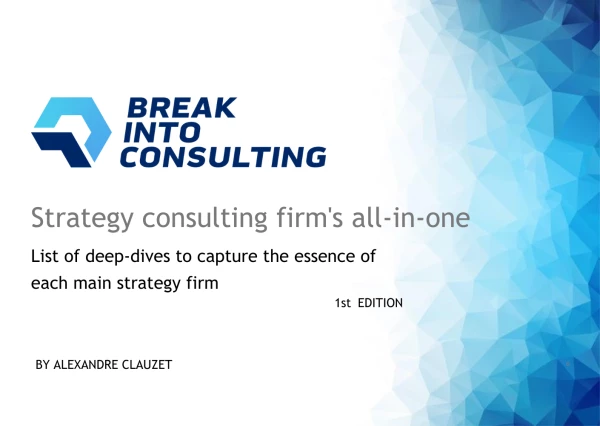This is what I found in a casebook. The answer key is a little bit confusing so I would like to know your ideas.
Q: Why the average annual revenue of stores in city is higher than of the ones in suburban area? The store is selling luxury product.
Answer key: Traffic, store size, target customer(household income), product allocation, product price.
My question is:
1. It is weird... it is supposed that the store size will be larger in suburban area right? why this will have have a negative impact on suburban stores' revenue?
2. What will you answer this question? How will you organize your thought? Thanks!













